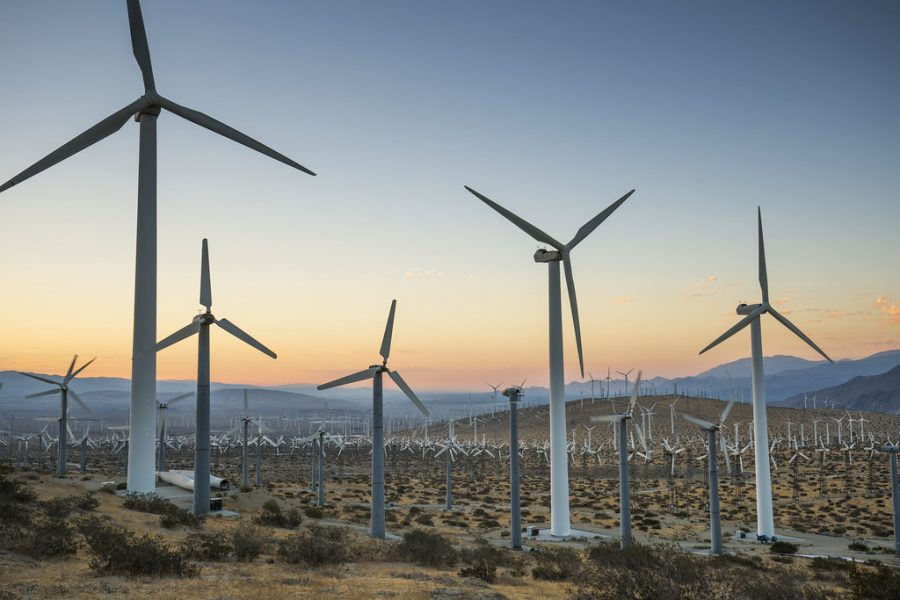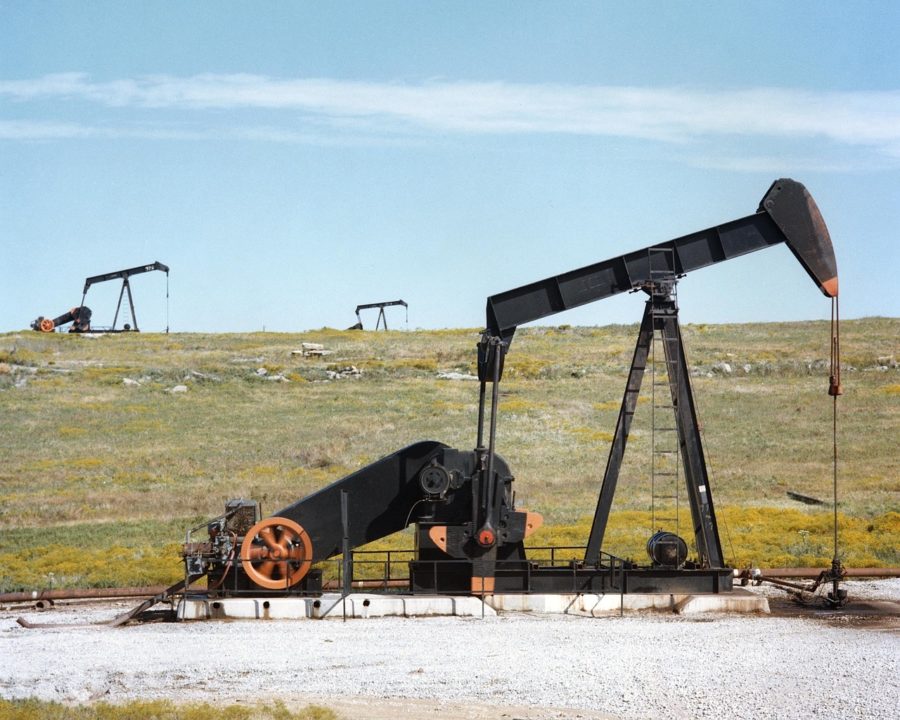In the early days of January 2021, the gray wolf was officially removed from the Endangered Species Act’s (ESA) List of Endangered and Threatened Wildlife.[1] By February 2, 2021, the hunter advocacy group, Hunter Nation, had filed a lawsuit in Jefferson County, Wisconsin, against the Wisconsin Department of Natural Resources (DNR) alleging the agency violated state law by failing to schedule a wolf hunt after the delisting of the gray wolf had taken effect.[2] A little more than a week later, the court ruled in favor of Hunter Nation and forced the DNR to hold a wolf hunt by the end of the month.[3] The outcome was devastating.
Tag: Department of Interior

The Biden administration recently issued a decision walking back proposed amendments to the Bureau of Land Management’s (BLM) Desert Renewable Energy Conservation Plan (DRECP)[i] which, if adopted, would have opened 800,000 acres of land in the California desert for renewable energy development.[ii] Conservation advocates praised the decision while renewable energy developers lamented the loss of an opportunity to expand solar and wind generation in the region.[iii]
Developed during the Obama Administration, the DRECP sets aside nearly 11 million acres of public lands in the California desert for renewable energy development and conservation projects.[iv] Billed as a collaboration between federal and state partners including the California Energy Commission, California Department of Fish and Wildlife, BLM, and U.S. Fish and Wildlife Service, the DRECP seeks to capitalize on the region’s abundant sun, wind, and geothermal resources while also preserving the area’s ecological diversity.[v]

In April, the U.S. Department of Interior’s Bureau of Land Management (“BLM”) issued guidance reducing the royalty rate for energy companies that drill for oil and gas on public land.[1] The announcement came as analysts began to understand the dire financial consequences of the COVID-19 pandemic on the oil and gas industry. BLM’s guidance aimed to provide a lifeline to the already struggling industry.[2]
The Mine Leasing Act of 1920 (“MLA”) governs the development of oil and gas on federal land.[3] It authorizes the Secretary of the Interior to hold auctions for the subsurface rights of federal lands that contain fossil fuel deposits.[4] Under this arrangement, an energy company submits a bid for the lease, and, if successful, pays the federal government rent and royalties for its use.[5]


